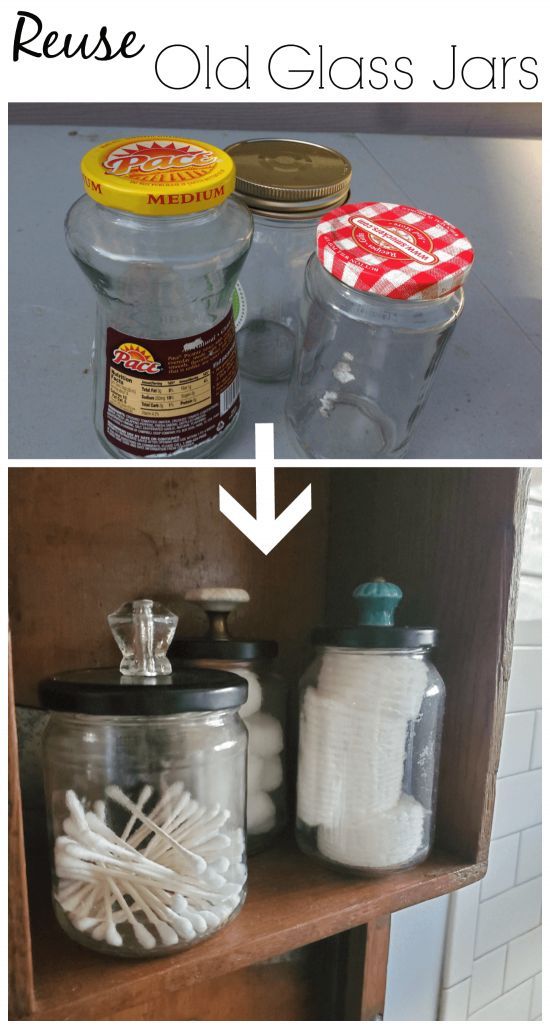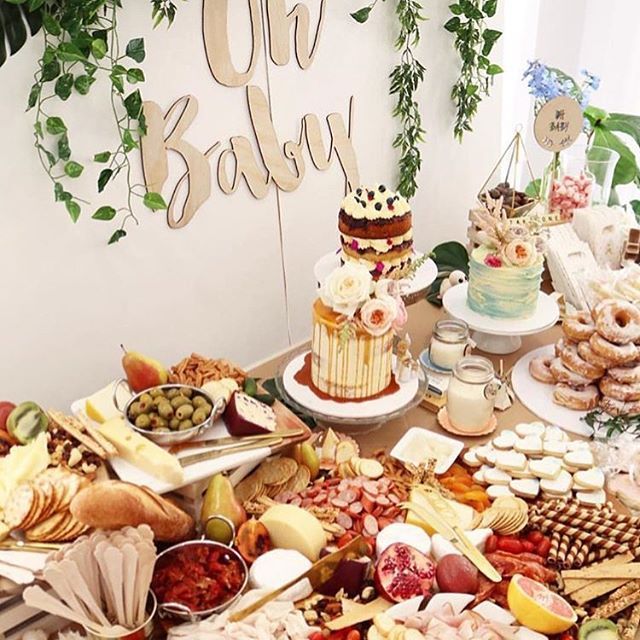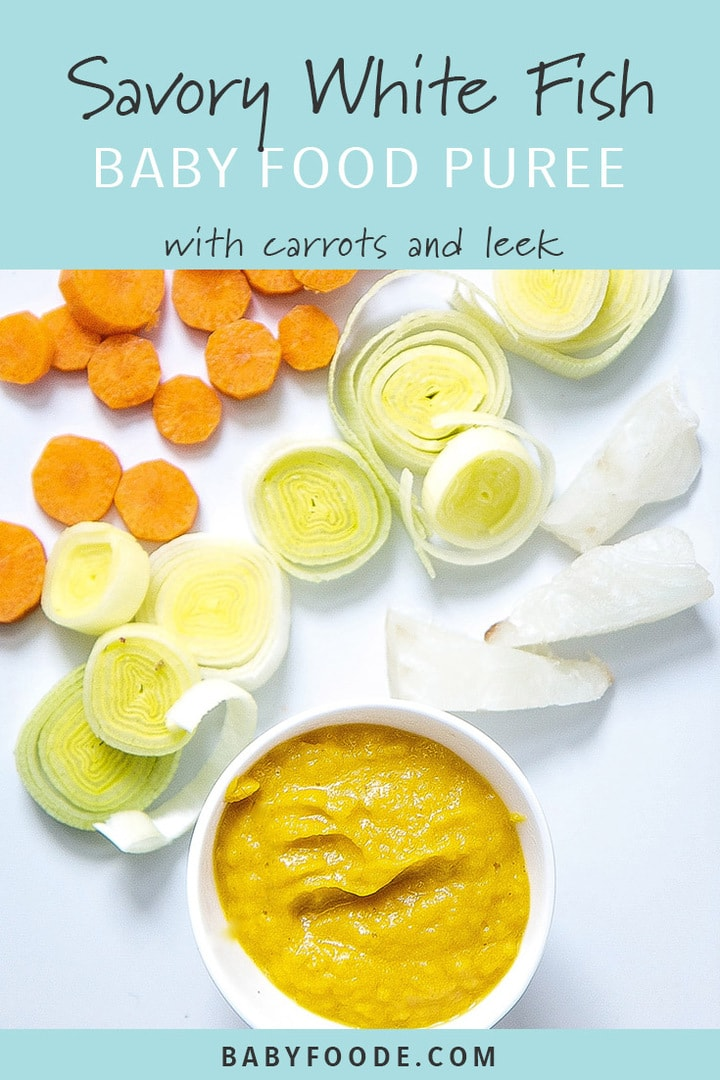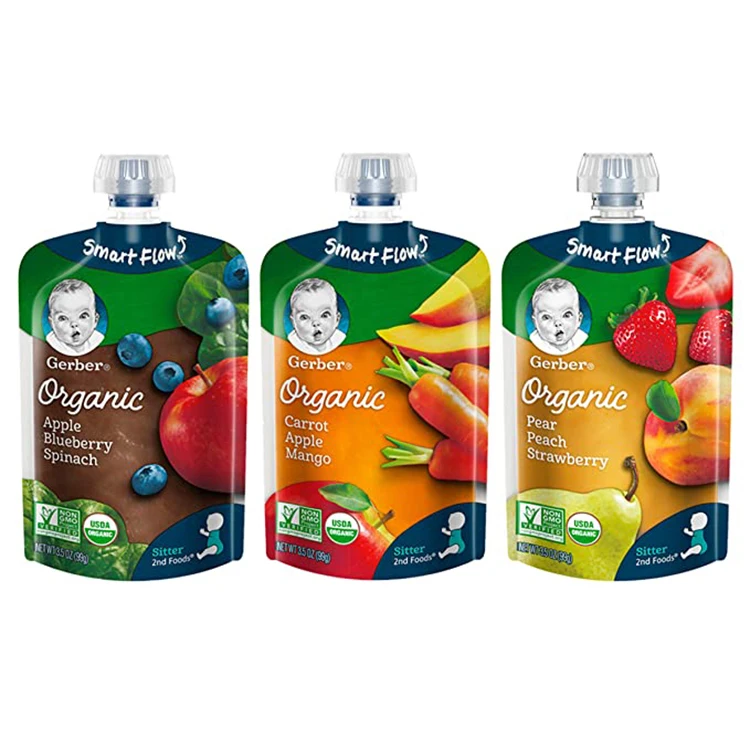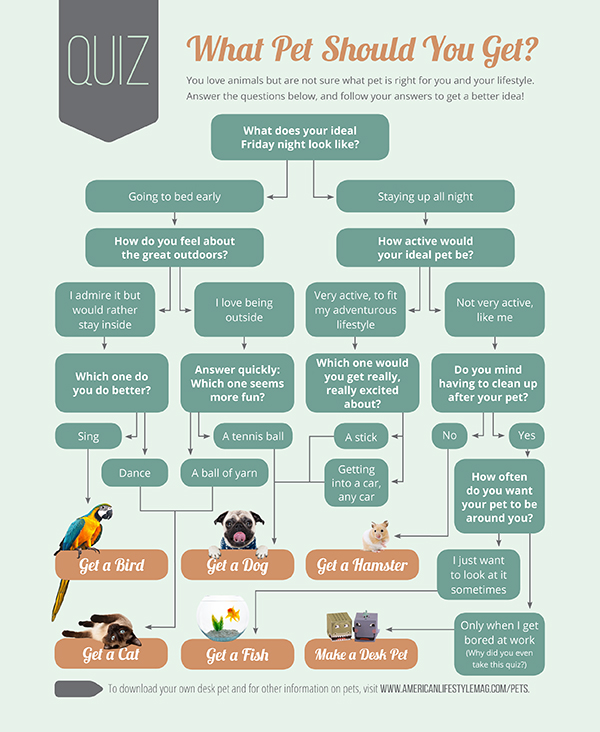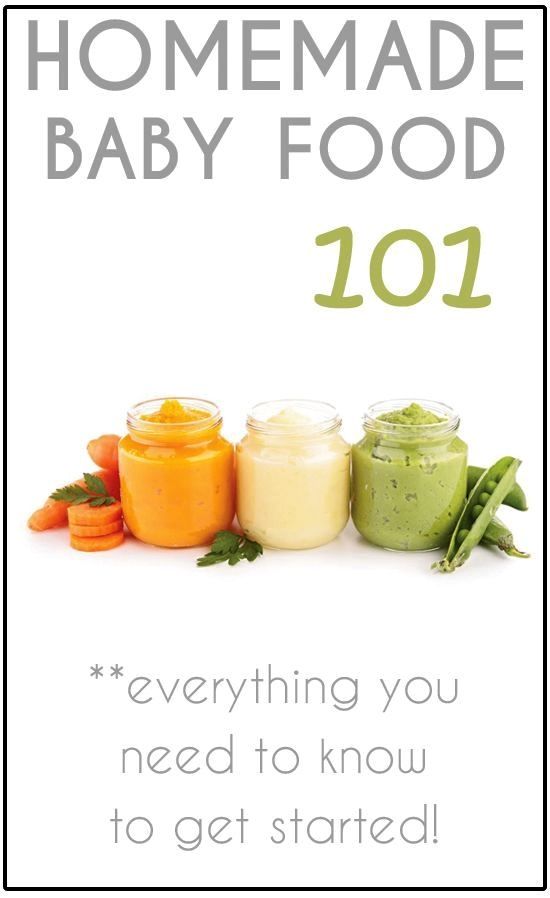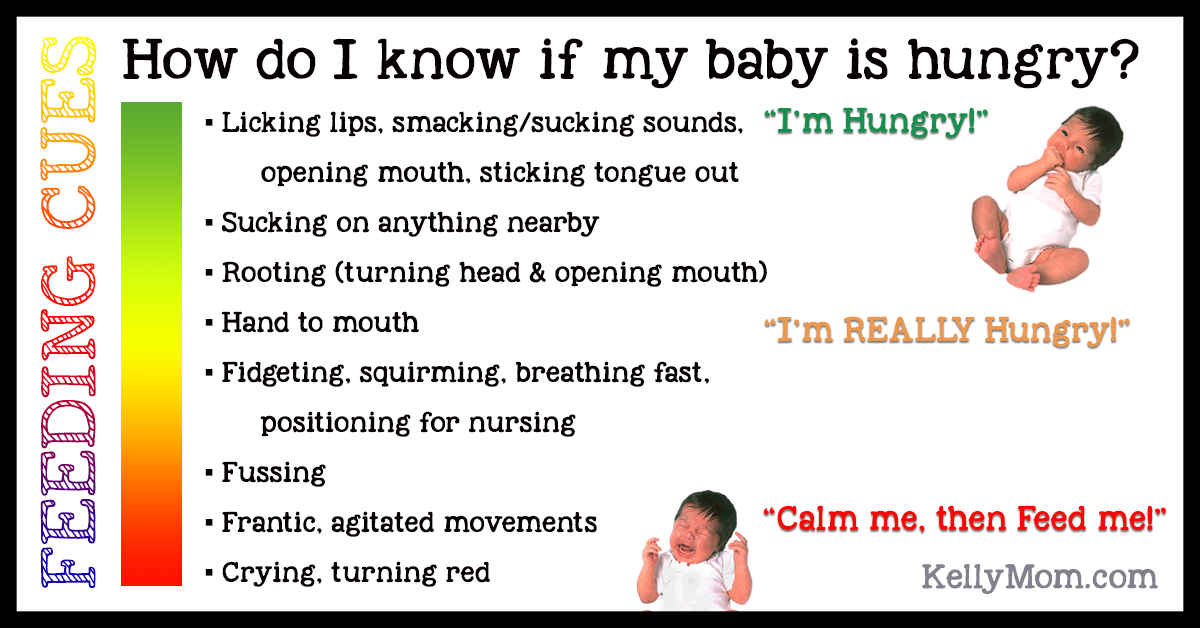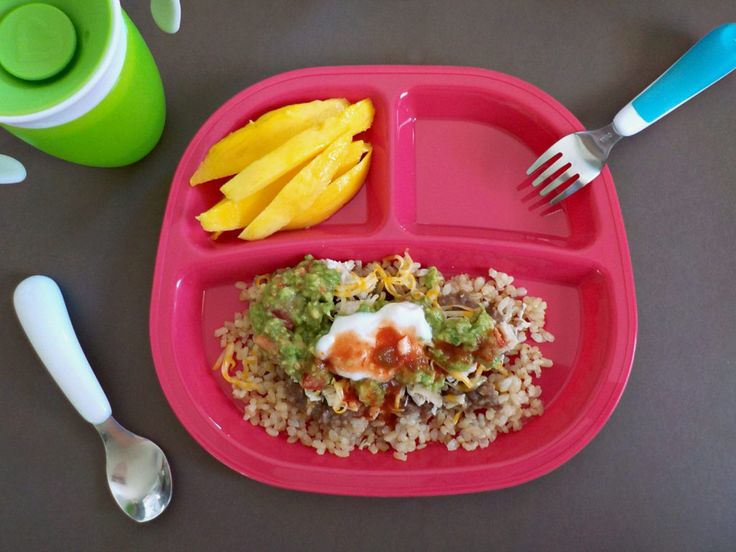How to store baby food jars
Tips on Freezing and Best Containers
Learn the secrets to storing and freezing homemade baby food for ultimate freshness—AND the best baby food storage containers to use to ensure that you never waste what you make!
Baby Food Storage
Going through the effort to make homemade baby food really only works if you have a good plan for how to store the food to ensure that it stays fresh and that baby has plenty of opportunities to enjoy it. After making a LOT of baby food for my third kiddo to send with him to daycare, I got into a good routine of making and storing baby food—both in the fridge and freezer. Here’s how you can do it too.
TIP: You can find my favorite baby food recipes here.
Homemade Baby Food Storage: In the Fridge
You can store baby food in the fridge in airtight containers for up to 3 days. You can use masking tape and a Sharpie to label the containers with the contents and the date if you have a hard time keeping track of when you made something. (It’s definitely helpful to do that!)
Best Baby Food Storage Containers
I have a four favorite baby food storage containers that I use regularly.
1. Wean Green Baby Food Cubes
These are small, incredibly durable, and made from glass. They’re easy to clean and last forever. (Seriously, I’ve been using the same set for 7 years and they’re still as good as new!) $19.99 for a set of 4
2. Easy Lunchboxes Mini Dippers
These small containers are a perfect size for 1-2 frozen baby food cubes and they’re my go to for packing food for a baby to take to daycare. They also nest nicely when stored in the cabinet. $7.95 for a set of 8
3. Beaba Food Storage Containers
I have two sets of these and I use them regularly for larger amounts of baby food (you could probably fit 4 cubes of frozen food) and for toddler snacks. When assembled, they snap together, so they’re an easy way to stay organized. $14.95 for a set of 6
4. Oxo Tot Baby Food Blocks
This neat system is easy to keep contained in the fridge and is also made from a polypropylene body that is PVC, BPA, and phthalate free. They are dishwasher and microwave safe. $9.99 for a set of 6
They are dishwasher and microwave safe. $9.99 for a set of 6
Homemade Baby Food Storage: For Freezing
Storing homemade baby food in the freezer allows you to make a bigger batch at once, and then serve it to baby over the course of a few weeks or months.The easiest way is to use an ice cube tray, which has the added benefit of portioning out the baby food nicely.
TIP: Any ice cube tray will do. You can use silicone ice cube trays if you prefer a non-plastic option.
Baby Food Storage Without An Ice Cube Tray
If you don’t have an ice cube tray or you’d just rather not use one, you can place a predetermined amount of baby food into a pint-size freezer bag. Remove as much air as possible, press flat, and seal. Place flat in the freezer to freeze. Then you can thaw the entire bag in the fridge overnight, or break off a portion of it to thaw.
How to Store Baby Food in the Freezer Step by Step
- Place baby food into each compartment of the ice cube tray, or fill as many as you need to with the amount of baby food you have.
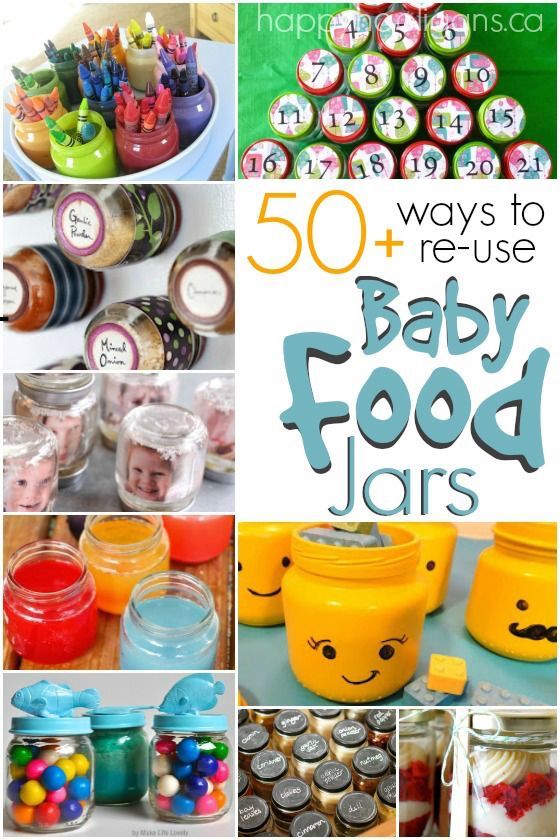
- Cover (if your ice cube tray has a cover) and freezer for 4-6 hours or overnight.
- Pop out frozen cubes and transfer to freezer storage bags. Label as desired with the type of baby food and the date.
- Store in the freezer for up to 3 months.
TIP: I like to have a bag of sweet fruit purees and more savory vegetable purees to avoid having too many separate bags in the freezer at any given time. Then you can combine them into baby food combinations easily!
How to Thaw Baby Food
To thaw baby food, simply remove a cube (or as many as you need) and place into airtight containers. Thaw overnight in the fridge and serve. 1 cube may be plenty for a baby aged 6-7 months and older babies may enjoy two cubes.
Tips for the Best Baby Food Storage
- Keep fresh baby food in an airtight container for up to 3 days in the fridge.
- Use a regular ice cube tray to freeze, a silicone ice cube tray with a lid, or a small freezer bag with the contents pressed flat.

- Store frozen baby food in a freezer storage bag in the freezer for up to 3 months.
- To avoid freezer burn, try to remove as much air as possible from the storage bags.
- Label your bags with the contents and the date.
- To thaw baby food, simply remove a cube (or as many as you need) and place into airtight containers. Thaw overnight in the fridge.
- Use leftover baby food to flavor yogurt, baby oatmeal, baby rice cereal, smoothies, or cottage cheese.
- See some of my favorite Baby Food Pouch recipes here for more ideas on how to serve your baby food!
I’d love to hear your feedback if you have another storage technique or container that you love, so please comment below!
How to store the jars of home-made baby food
Powered by
Choose your country
EN FR NL DE ES
by Babymoov
When they are born, babies only drink milk up to when they are 4-6 months old, when they start to be weaned onto food. Your baby begins to discover home-made baby food or jars bought from the supermarket. Some people buy jars, while others make their own baby food to save money and because it is tastier! Though this raises the question: can you store them? For how long? Can jars that have already been opened be stored and finished later? Where? This article will provide a few answers to your questions.
Your baby begins to discover home-made baby food or jars bought from the supermarket. Some people buy jars, while others make their own baby food to save money and because it is tastier! Though this raises the question: can you store them? For how long? Can jars that have already been opened be stored and finished later? Where? This article will provide a few answers to your questions.
Save time!
With some planning, you can make your jars of baby food in advance, which means you will not need to prepare them every day and this will make things easier.
For jars of home-made food, you can store them in the fridge for 2-3 days and in the freezer for up to 1 year (except for food with milk, meat or fish, which must be eaten within 6 months). Ideally they should be eaten within 3 months after making them.
The jars can also be sterilised. Then, when you take a jar you should hear it « pop up » when you open it, to make sure it has been stored correctly. You should also label the food jars to know what’s inside them and when they were made.
Preserving authentic flavours…
Flavours are preserved if home-made food is stored in jars. They allow you to preserve the distinctive flavours of the various foods they contain, unlike industrially-made food, which contains substances that may somewhat change the taste of food.
Generally, baby food bought in jars tends to contain more sugar and substances likely to cause allergies (preservatives, colourings, etc.). By making baby food yourself, you will know exactly what’s on the baby’s plate!
As the meals can be stored, your child can benefit from a wide selection of fruit and vegetables even if they’re out of season. For instance, this winter your child can have a cherry compote you prepared the previous summer!
Heath issues…
Storing the jars of baby food in the freezer means you can preserve the food’s nutrients, especially when they have been bought fresh or picked from your garden and cooked shortly after.
Plus, according to a study carried out by the ministry for health, cold prevents bacteria and microbes from appearing and spreading.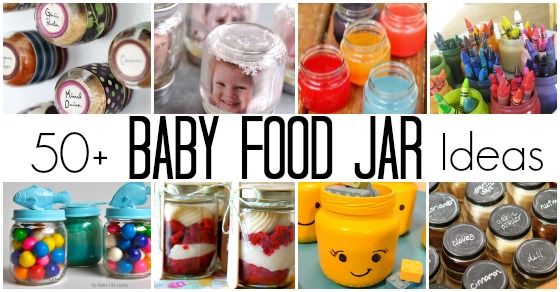 Indeed, from -18° microbes stop spreading on food.
Indeed, from -18° microbes stop spreading on food.
Don’t forget!
- Never put a defrosted jar of baby food back into the freezer.
- The jars of baby food must never be defrosted at room temperature: you need to defrost them in the fridge, microwave or steam from frozen.
- According to paediatricians, a jar that has been opened must never be left in the fridge for more than 24 hours. If the baby does not eat it, you must throw it away – hence the need to make suitable portions to avoid wasting too much food.
How to store baby food while traveling
How to store baby food while traveling by car?
Baby food to take with you on the road
In the trunk of a car, the air temperature can rise to 40°C or more, so storage of food on the road must be taken very carefully:
Dry foods such as milk formulas, instant cereals cereals and fruit-based products (fruits, fruits and cereals, drinks) are well stored on the road. These products can be easily transported in the trunk. nine0011
These products can be easily transported in the trunk. nine0011
Vegetables and products containing meat (menu, meat purees), on the other hand, are sensitive to prolonged exposure to air temperatures above 40°C. Therefore, special attention should be paid to the storage temperature of these products on the road. If possible, store these products in the vehicle interior. Thanks to ventilation and air conditioning, the air temperature in the cabin is lower.
To be transported in the trunk: chill the jars in the refrigerator before you travel and then pack them in your travel cooler bag. nine0007
In addition, the jars must be packed in such a way that they do not break during transport. It is best to put them in a tray wrapped in plastic wrap. Keep all the products you need on the road at hand in the car.
Storage of baby food at the resting place
At the resting place, jars are recommended to be stored below 35°C. Before use, be sure to check the factory tightness of the package. If there is no vacuum in the jar, then the product is not usable. nine0025
If there is no vacuum in the jar, then the product is not usable. nine0025
How to determine the loss of vacuum in a closed jar? There is no vacuum loss, and therefore the jar is fine if...
1. Lid does not bend when pressed.
2. Click when opening the jar.
We wish you a pleasant journey and a good rest!
Learn more: Advice
Video: Weaning - advice from a midwife Video: Baby massage DietFood and drinkBaby's digestionOn holiday with a baby
Stress-free travelNutrition tipsHow to store baby food while travelingVacation checklistFirst aid for your baby on vacation
AllergiesSleepBaby's cryingMotor and speech
Choice of complementary foods
No age restrictions from the first daysfrom 1 monthfrom 4 monthsfrom 5 monthsfrom 6 monthsfrom 7 monthsfrom 8 monthsfrom 9 monthsfrom 10 monthsfrom 12 months
puree from 4 months - Vegetable puree from 5 months - Vegetable puree from 6 months - Vegetable puree from 7 months - Vegetable puree from 8 months Fruit puree - from 4 months - from 5 months months - from 6 monthsMeat purees - Meat pureesMeat and vegetable menu - from 8 months - from 12 monthsFish and vegetable menu - from 9Soups - from 6 months - from 7 months - from 8 months - from 12 months - From 18 months "Good night" in jars - Cereal porridge with fruit in jarsDrinks - Health drinks - Granulated teas - Tea bags - JuicesCookies - Cookies
How much and where to store baby food in jars?
Some manufacturers write detailed storage guidelines for sealed and unopened baby food directly on the label. These rules must be observed, even if they differ from the rules for storing similar products from other manufacturers. If there is no detailed instruction, use the following recommendations. nine0005
These rules must be observed, even if they differ from the rules for storing similar products from other manufacturers. If there is no detailed instruction, use the following recommendations. nine0005
Once again, we remind you that even unopened packaging must be stored in a dark, cool place. At temperatures above +25°C, products may deteriorate even in their original packaging.
Porridges for breeding:
- The main enemy of dry mixes and porridges is moisture. Therefore, always make sure that the spoon for the porridge set is absolutely dry, and the bag itself is tightly closed after use;
- Try to release as much excess air as possible before closing, so that moisture from it is not absorbed into the product; nine0063
- Keep an opened bag of porridge in a dry place at room temperature. There is no need to store cereals in the refrigerator, they quickly become damp and spoil there;
- Ready diluted porridge can be stored for no more than an hour or two.
 An opened package can be stored for 2-3 weeks (see manufacturer's instructions). But if after a few days you notice that the powder has become damp, lumps are noticeable in it - throw it away. Even if the product looks normal, but was opened more than three weeks ago, it is dangerous to feed it to a child. You can use leftovers in adult homemade cakes. nine0063
An opened package can be stored for 2-3 weeks (see manufacturer's instructions). But if after a few days you notice that the powder has become damp, lumps are noticeable in it - throw it away. Even if the product looks normal, but was opened more than three weeks ago, it is dangerous to feed it to a child. You can use leftovers in adult homemade cakes. nine0063
Choose cereals for your baby
Industrial purees
Unopened can can be stored at room temperature in a dark place. An opened jar of fruit and vegetable puree will live in the refrigerator for no more than a day, and only if you follow simple rules.
Select baby puree
Do not bottle feed your baby. Put the desired portion with a clean spoon into a separate container, close the jar with the rest and put it in the refrigerator. Reheat reserved food if necessary. You don't need to heat the whole jar. nine0005
If you fed your baby directly from a jar, the shelf life of such puree is only a few hours even in the refrigerator, since the baby's saliva and bacteria got into the food on the spoon.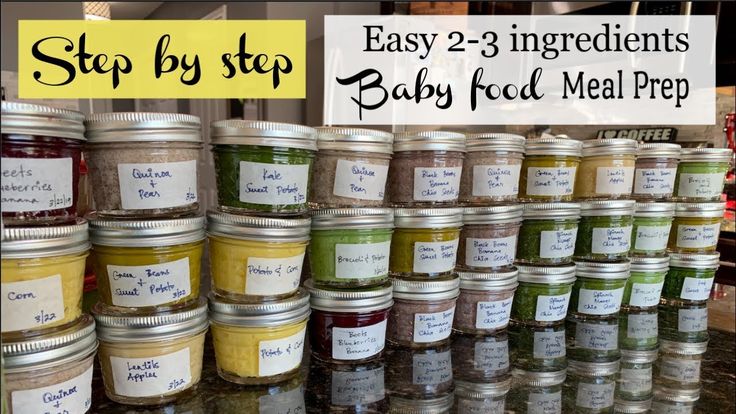
Important!
The shelf life of mashed meat after opening is only 24 hours, subject to the same rules. If you bought puree in a metal package, be sure to transfer it to a clean, dry jar and close the lid. It is undesirable to store opened puree in its original packaging and it is recommended to use it immediately. Closed - store in accordance with the manufacturer's instructions. nine0005
Homemade cereals
Same rules as for diluted cereals. In the process of cooking, the porridge is ground with a blender and rubbed through a sieve. At this time, microorganisms get into the porridge from the air, so you can’t store such porridge for a long time.
Home-made puree
It is possible to increase the shelf life if the finished puree is poured into small sterilized containers, covered with cling film and immediately put in the freezer. At -18°C, this puree can be stored for up to three months. nine0005
Important!
The finished product is stored in the refrigerator for no more than 6 hours, as bacteria have probably got into it during cooking.